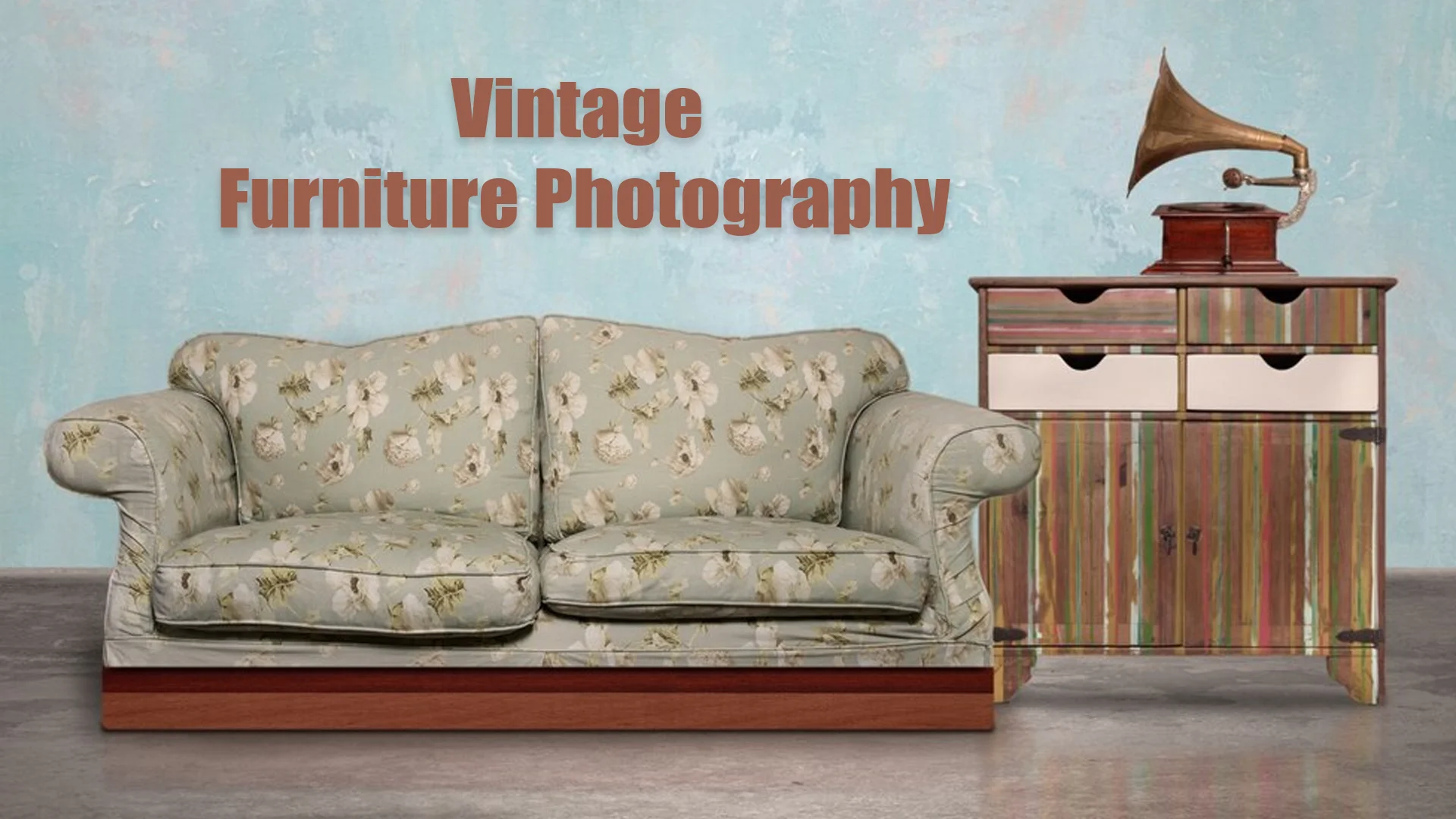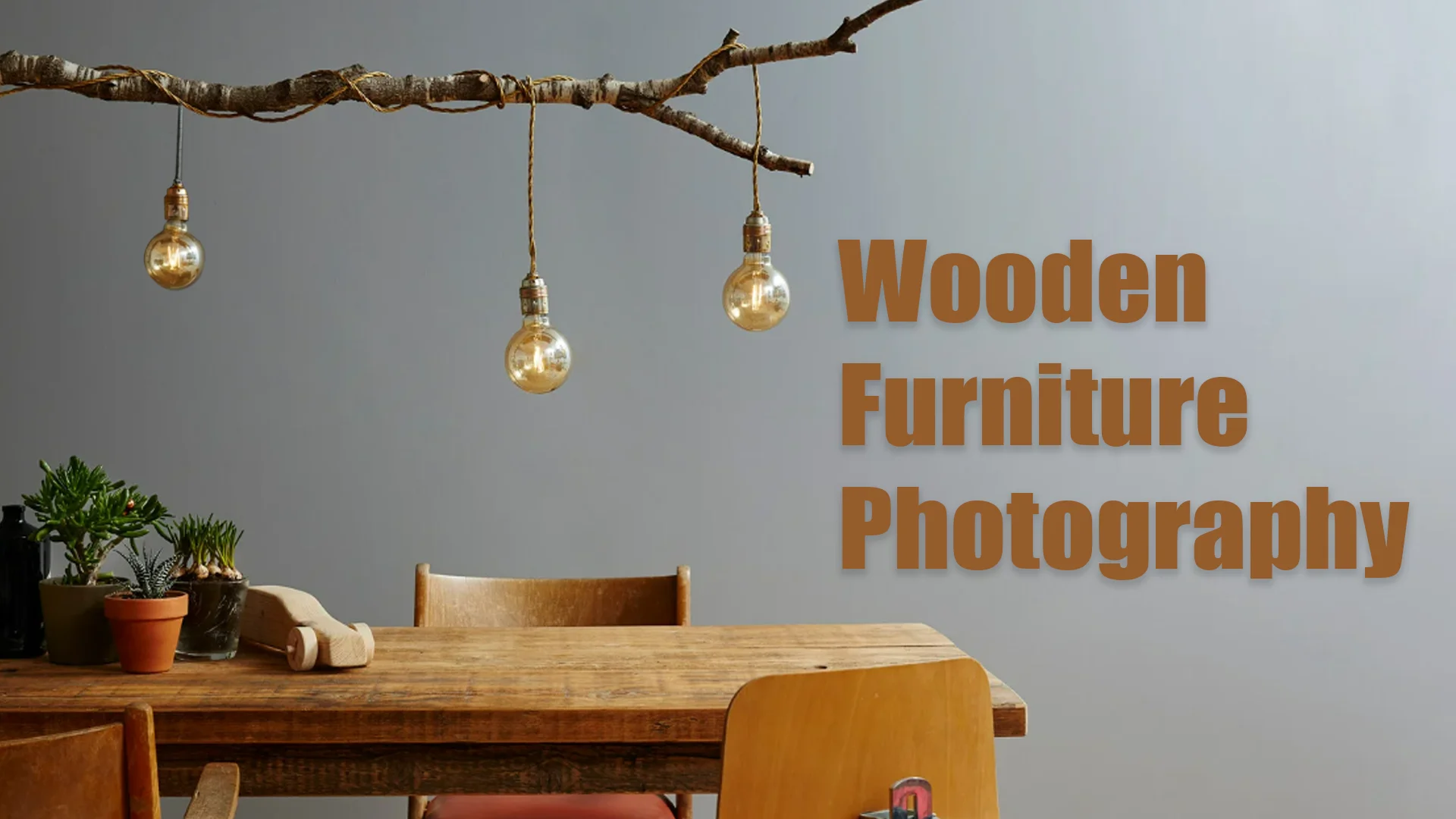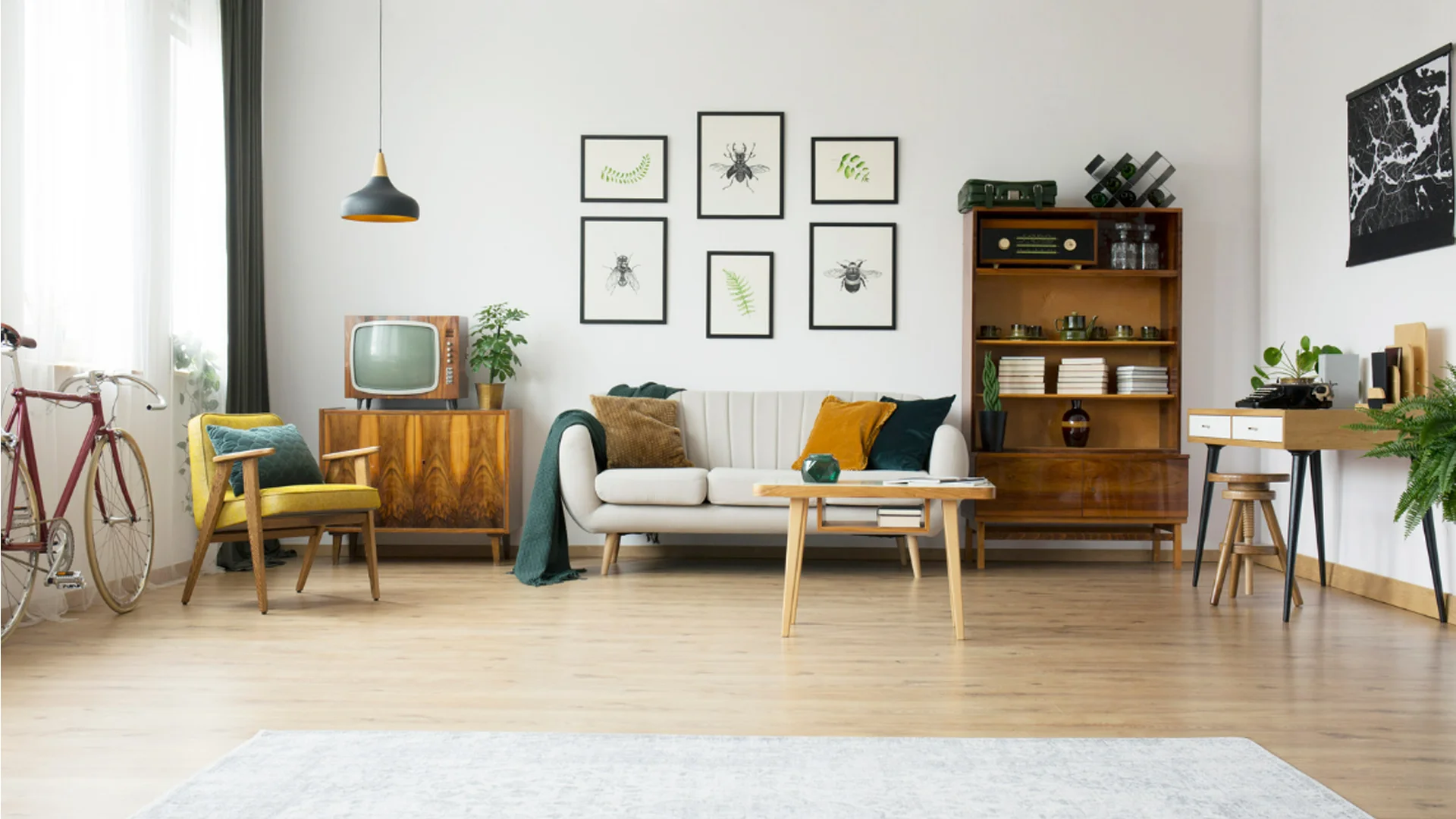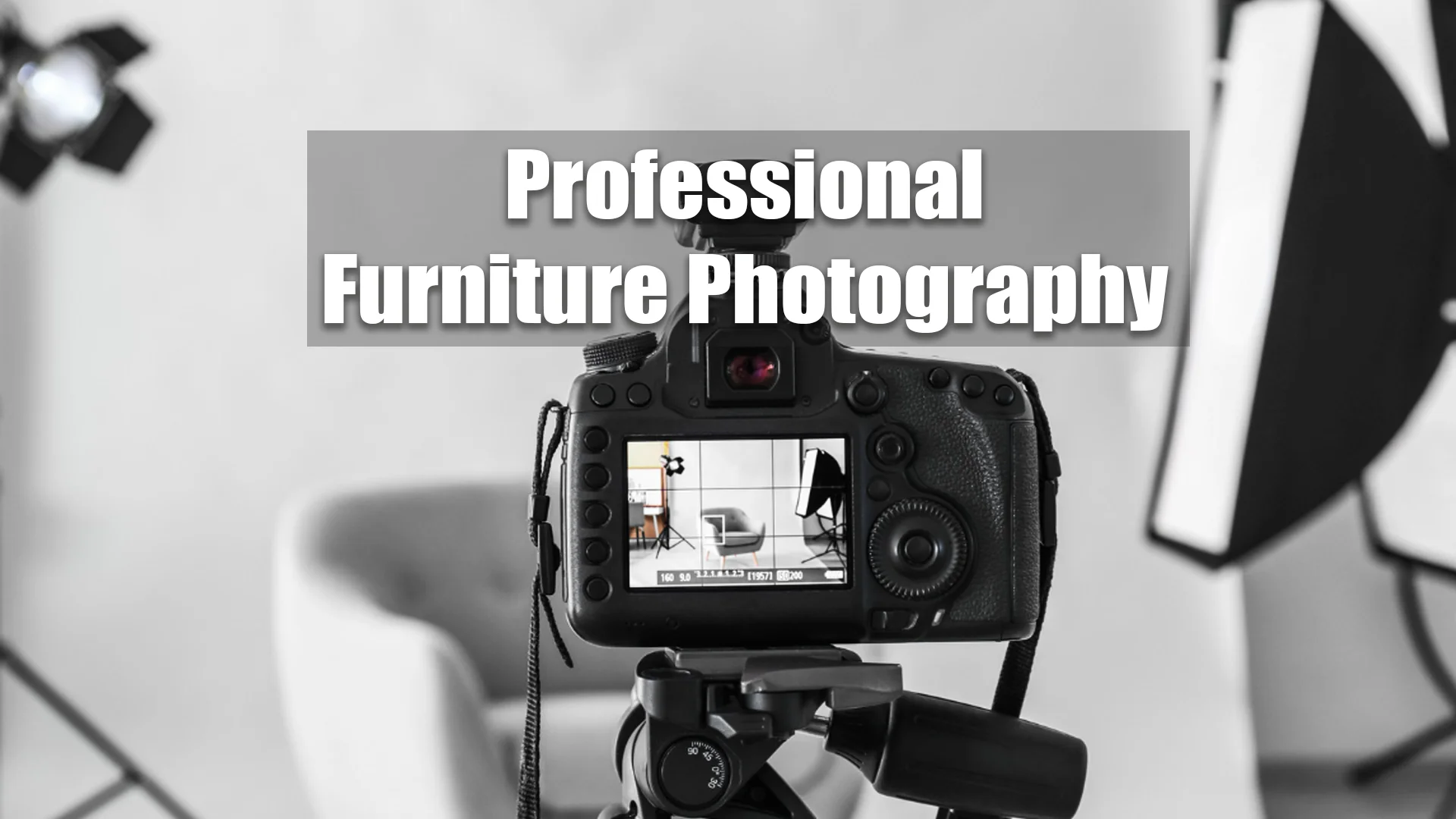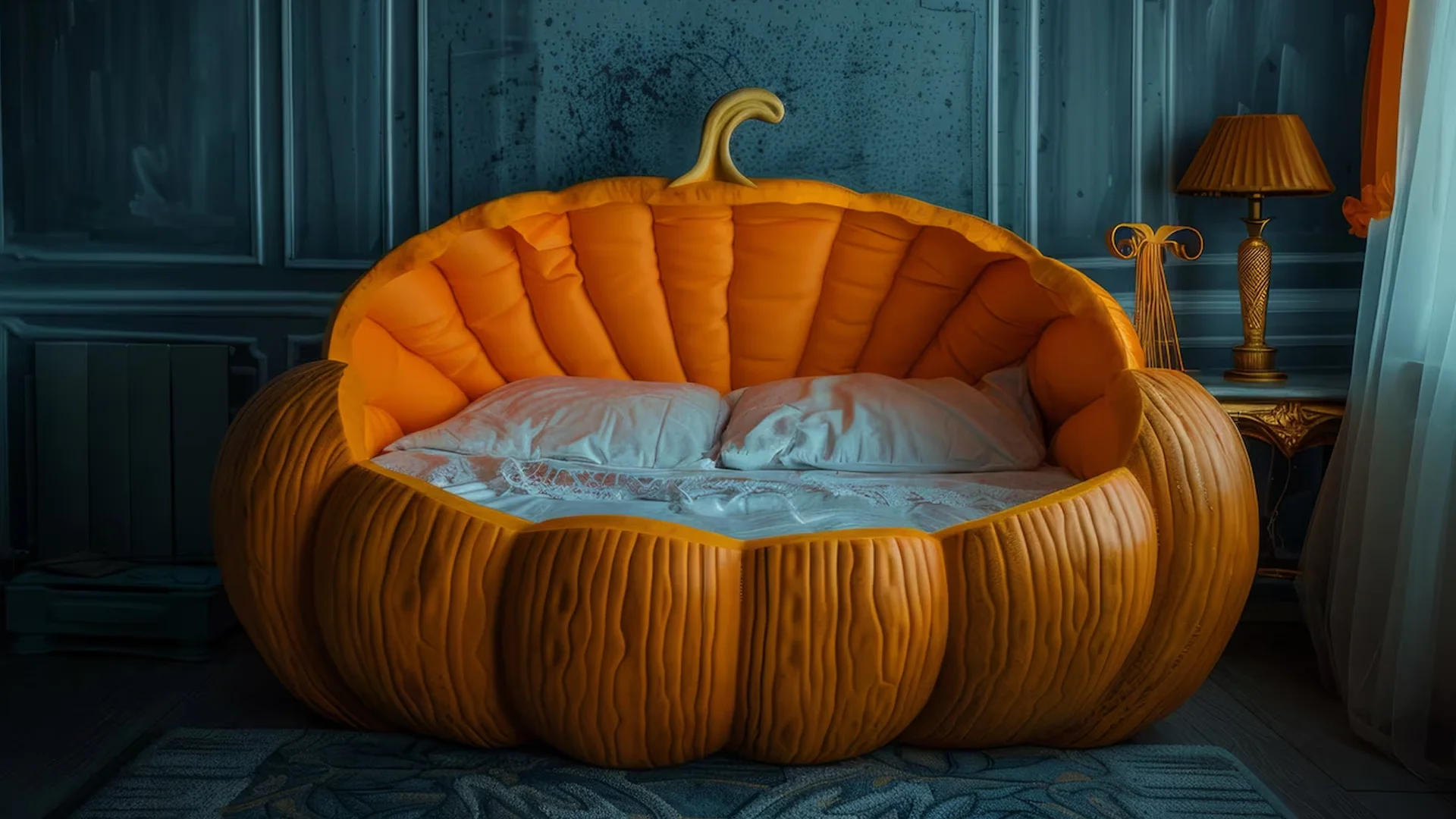Vintage furniture photography is an art that allows us to preserve the elegance and history of classic pieces. Whether capturing a beautifully aged wooden dresser, an antique chair with intricate carvings, or a retro coffee table with a unique design, vintage furniture photography brings out the essence of past eras. This type of photography is more than just taking pictures—it tells stories, showcases craftsmanship, and highlights the charm of old-world designs. If you have ever admired the timeless beauty of vintage furniture, learning how to photograph these pieces can be both rewarding and inspiring.
Understanding the Essence of Vintage Furniture Photography
Vintage furniture is more than just an item in a room—it’s a piece of history, each one carrying its own story of craftsmanship, time, and use. The essence of vintage furniture photography is about capturing this timeless charm. Every scratch, dent, and faded finish tells a tale of decades gone by, offering a glimpse into the past that modern furniture simply can’t match. The photographer’s role is to highlight these unique imperfections, not as flaws, but as marks of character and authenticity.
The magic of vintage furniture lies in its ability to evoke nostalgia and emotions. Whether it’s an old armchair with worn leather or a distressed wooden table, these pieces connect us to an era long gone, making them more than just functional objects. In vintage furniture photography, it’s essential to capture this feeling—using lighting, angles, and focus to bring out the warmth, texture, and soul of the furniture, creating images that resonate with viewers on a deeper level.
Choosing the Right Lighting for Vintage Furniture Photography
Lighting is one of the most critical elements in vintage furniture photography, as it can dramatically affect the mood and texture of the photo. Natural light is often ideal, as it casts a soft, even glow that enhances the natural materials and features of the furniture, such as the grain of wood or the texture of fabric. For controlled environments, using softbox lighting can help diffuse the light and reduce harsh shadows. The direction, intensity, and temperature of the light all play a significant role in capturing the piece’s most flattering angles and details, making it essential to experiment with various lighting setups.
Finding the Best Background for Vintage Furniture Photography
A background can either elevate or distract from the beauty of vintage furniture. When choosing a background for vintage furniture photography, it’s important to keep it simple and complementary to the furniture itself. Neutral, solid-colored backdrops work well to ensure the focus stays on the furniture. Alternatively, vintage-inspired or minimalistic settings can reinforce the time period or style of the furniture. A wooden floor, textured wall, or subtle props can help set the scene without overshadowing the piece. Avoid overly busy or colorful backgrounds that could pull attention away from the furniture.
Mastering Composition in Vintage Furniture Photography
Composition in vintage furniture photography involves framing the shot in a way that highlights the beauty and design of the piece. Different angles, perspectives, and focal points can draw attention to specific features like curves, patterns, or craftsmanship. Photographers often experiment with close-ups, wide shots, and creative viewpoints to capture the full essence of the furniture. It’s important to ensure balance in the image, paying attention to negative space, symmetry, and the arrangement of surrounding elements. The right composition can transform a simple piece of furniture into a striking visual narrative.
Highlighting Textures and Details in Vintage Furniture Photography
Vintage furniture is often defined by its rich textures and intricate details, whether it’s the patina of worn leather, the smoothness of polished wood, or the faded patterns of fabric. To truly capture the essence of these materials, photographers need to focus on the textures and details that make the piece special. Using macro lenses to zoom in on specific areas, adjusting the lighting to accentuate these features, and framing shots to showcase wear and imperfections will allow the viewer to connect with the history and craftsmanship behind the piece.
Choosing the Right Camera and Lens for Vintage Furniture Photography
The right camera and lens are essential for capturing the fine details of vintage furniture. A DSLR or mirrorless camera is ideal, as these offer high-quality resolution and control over settings like aperture, shutter speed, and ISO. As for lenses, a prime lens with a wide aperture (such as a 50mm f/1.8) is perfect for creating a shallow depth of field and focusing on intricate details. A macro lens can be used for close-up shots that highlight textures and small features. For wider shots, a standard zoom lens allows flexibility without sacrificing image quality.
Post-Processing Tips for Enhancing Vintage Furniture Photography
Post-processing is where you can refine your images and enhance the visual impact of vintage furniture photography. Key adjustments often include exposure, contrast, and sharpness to make the textures and features of the furniture stand out. Color correction ensures the tones are true to life, especially if the lighting creates a color shift. Adjusting highlights and shadows can bring out subtle details, and sharpening the image adds clarity. However, it’s essential to avoid over-editing, as you want to maintain the authenticity and natural beauty of the vintage piece.
Creating a Story Through Vintage Furniture Photography
Every piece of vintage furniture has a story—whether it’s a family heirloom passed down through generations or a rare find from an antique market. Through photography, you can weave a narrative that connects the viewer with the piece’s history. This could involve placing the furniture in a setting that complements its style, using props that evoke a specific time period, or even capturing signs of wear that hint at years of use. By focusing on these aspects, you can create a photograph that not only showcases the object but also tells a deeper, more personal story.
Challenges in Vintage Furniture Photography and How to Overcome Them
Vintage furniture photography presents unique challenges. For instance, photographing delicate or worn-out pieces without damaging them can be tricky. Additionally, some vintage items may have reflective surfaces that cause unwanted glares or lighting issues. To overcome these challenges, it’s important to take extra care in handling the furniture and using proper lighting techniques to minimize reflections. You may also need to work with tricky angles, particularly when photographing pieces with intricate designs. Experimenting with different setups, using diffusers, and adjusting the camera settings will help address these issues.
The Growing Popularity of Vintage Furniture Photography
As the world embraces sustainable living and an appreciation for craftsmanship, vintage furniture photography has gained increasing popularity. With more people seeking unique, high-quality pieces that tell a story, the demand for vintage furniture in both physical and digital spaces has skyrocketed. Photography plays a key role in showcasing these pieces, especially on platforms like Instagram, Etsy, and other online marketplaces. As a result, vintage furniture photography has become not just an art form but an essential tool for collectors, sellers, and designers who want to showcase the timeless beauty of vintage furniture to a global audience.
Conclusion
Vintage furniture photography is a captivating way to preserve the charm and craftsmanship of classic pieces. By understanding lighting, composition, and storytelling techniques, photographers can create stunning images that showcase the beauty of vintage furniture. Whether you are photographing for personal enjoyment, a business, or artistic expression, mastering the art of vintage furniture photography can open up a world of creative possibilities. As the appreciation for vintage aesthetics continues to grow, capturing these timeless pieces through photography ensures their legacy lives on for generations to come.
Frequently Asked Questions (FAQs)
What is the best lighting for vintage furniture photography?
Natural light, especially during the morning or late afternoon, works best for vintage furniture photography. Soft, diffused lighting helps enhance textures and details without creating harsh shadows.
How can I highlight the details of vintage furniture in photographs?
Using a macro lens or zooming in on intricate carvings, fabric patterns, and textures can help bring out the details. Adjusting lighting and using post-processing techniques can also enhance clarity.
What camera settings are ideal for vintage furniture photography?
A low ISO (100-400) ensures clear and noise-free images. A wide aperture (f/2.8-f/5.6) can create a shallow depth of field, making the furniture stand out from the background. A tripod can help maintain sharpness in low-light conditions.
How do I choose the right background for vintage furniture photography?
A background that complements the furniture’s style and era works best. Rustic wooden walls, vintage wallpaper, or neutral-colored backdrops help highlight the furniture without distractions.
Can I use a smartphone for vintage furniture photography?
Yes, a smartphone with a good camera can capture vintage furniture beautifully. Using portrait mode, adjusting exposure, and editing with mobile apps like Lightroom can enhance the final result.
How can I edit vintage furniture photos to enhance their appeal?
Adjusting brightness, contrast, and saturation in editing software can bring out natural tones. Adding a soft vignette or sepia filter can give a nostalgic feel, while sharpening tools can enhance intricate details.
